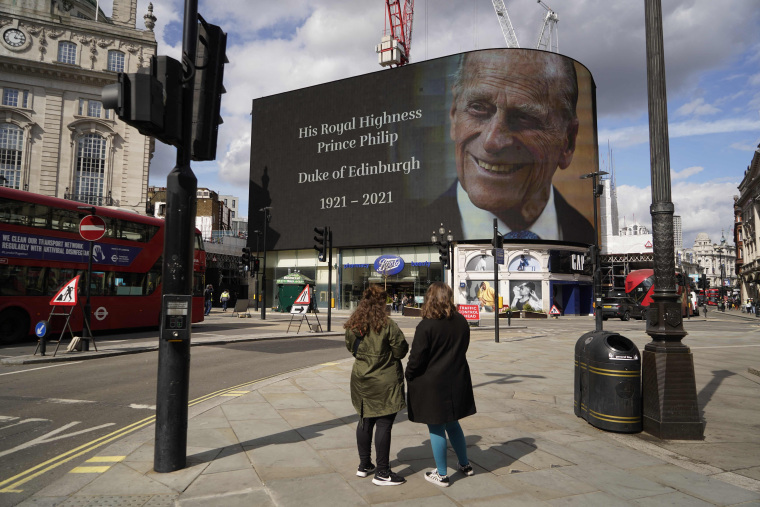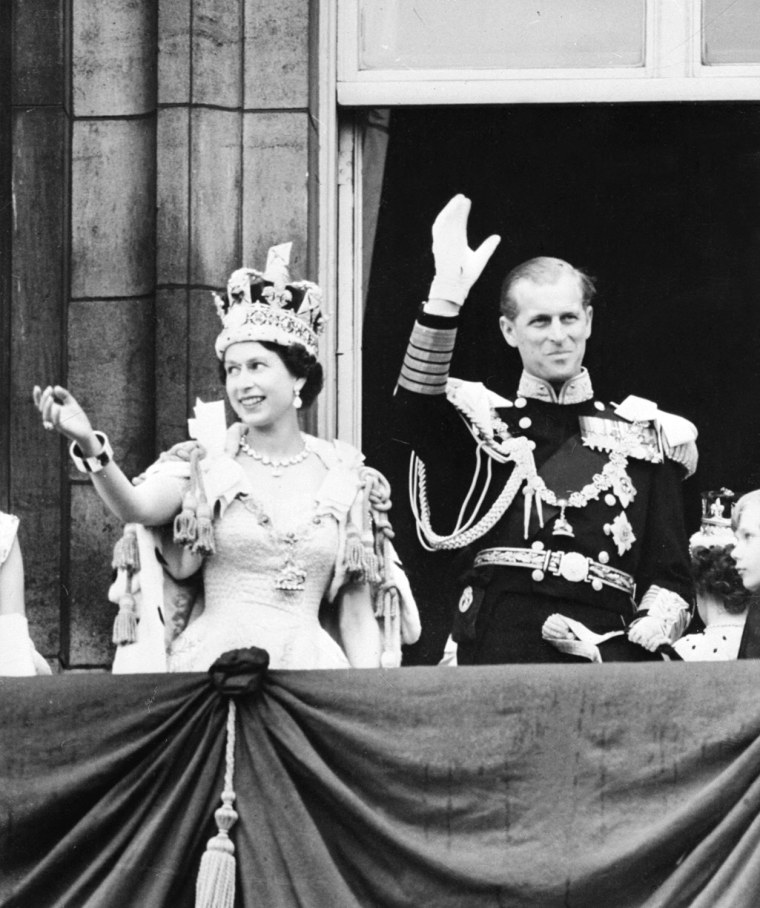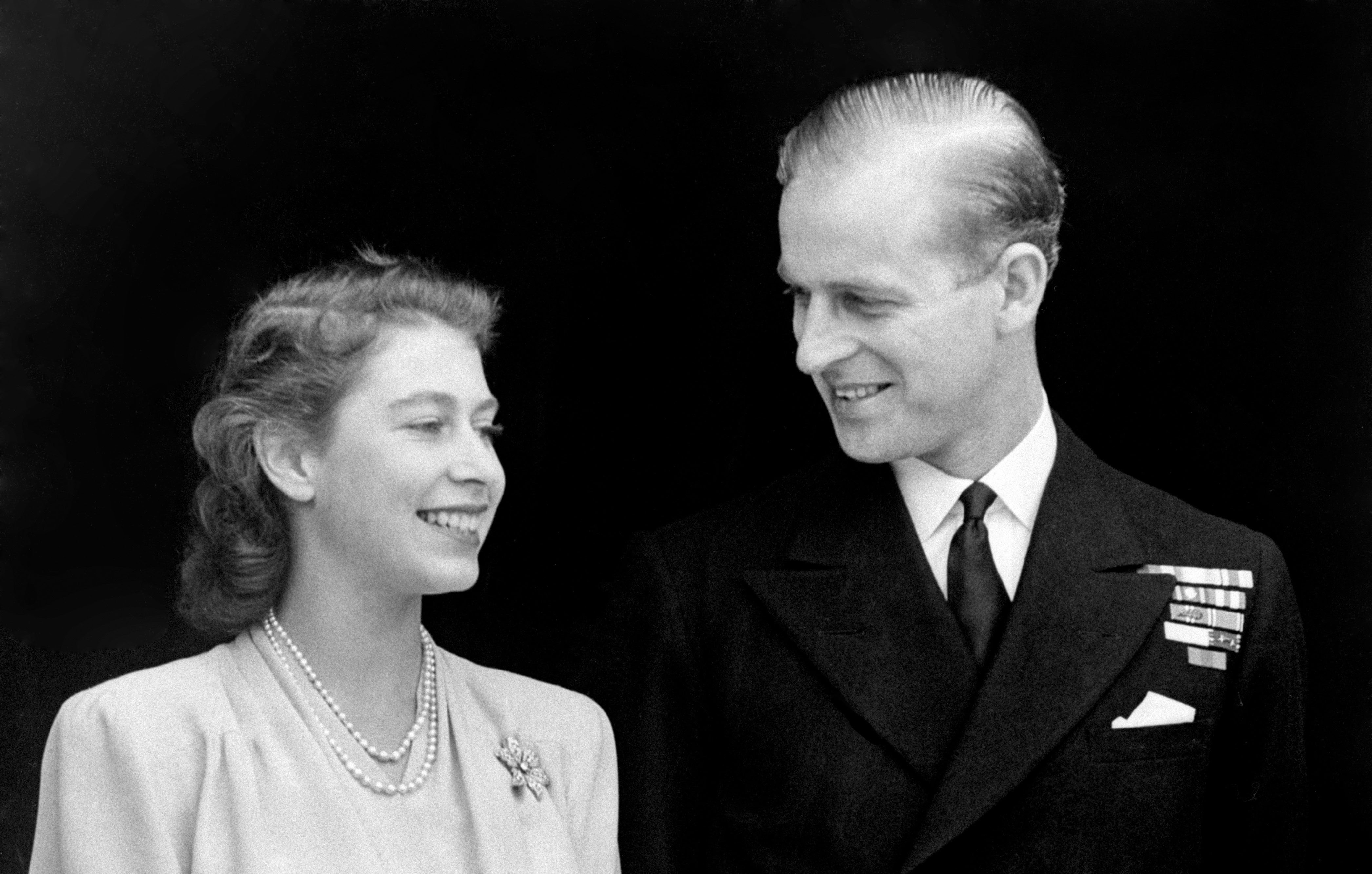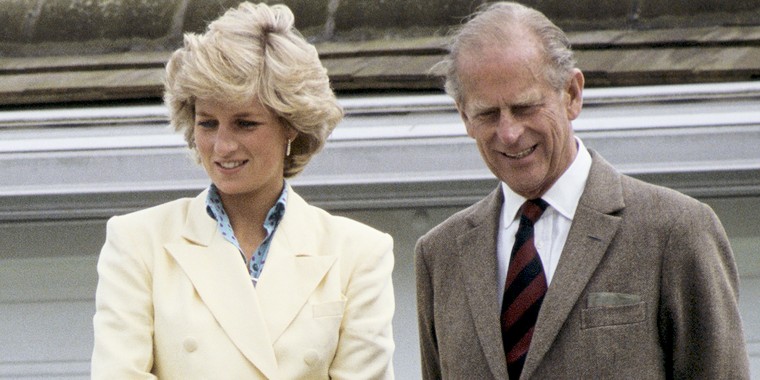Philip Mountbatten married then-princess Elizabeth in 1947 and their marriage became the longest royal union in the history. Just as the Queen is the longest-serving monarch, Prince Philip, the Duke of Edinburgh was the longest-serving Royal Consort in British history.
He did not have any role in his wife’s official duties, but he provided her with something that every long-serving monarch needs- A pillar of support.

In his role as a Royal Consort, Prince Philip took up issues that were close to his heart including sports, education, and conservation. From serving the Royal Navy in World War II to serving the nation, the Commonwealth, and the world on a larger scale, Prince Philip was always recognized as blunt, humorous, and a likable person.
He died on April 9, 2021, at the age 99, 2 months short of his centurion birthday.
The Navy Record & The Royal Union
The Duke of Edinburgh was on an 18-month-old exile when he first came across the Royal Navy of Britain in 1922. He and his family were exiled from Greece by the Greek Military Government.
He initially wanted to serve in the Royal Air Force but soon chose water for air after his uncle Louis “Dickie” Mountbatten, then captain of HMS Kelly, persuaded him to join the navy.
Louis “Dickie” Mountbatten would later be appointed as the Viceroy of India in March 1947- He oversaw the partition of India & Pakistan and change of Powers in West Pakistan and East Pakistan (Modern Bangladesh). Upon Independence, he would go on to become the first Governor-General of India until June 1948.
Prince Philip took the usual path of an aspiring naval officer, entering Britannia Royal Naval College, Dartmouth, as a cadet and being commissioned as a midshipman, in January 1940.
Philip excelled as a cadet, winning the King’s Dirk for the best all-round cadet. Upon the visit of King George VI and Mother Queen Elizabeth along with their daughters Elizabeth and Margaret to Dartmouth, Philip was given the duty to escort and guide the Royal Family and as the royal records read. It was here that Philip first charmed then 13-year old Princess Elizabeth.

Exiled from Greece and now a foreigner but still the heir to the Greek throne, Prince Philip was kept away from the war front.
Then after short spells on war ships, followed by Greece’s willingness to join the Allied Forces in World War II, it was decided that Philip can now serve on the war front and thus he entered the Mediterranean front onboard HMS Valiant.
He played major roles in helping the Allied Forces destroy the Italian Fleet in the Battle of Crete and Battle of Mattapan.
Promotions soon followed, and he became second-in-command of the warship HMS Wallace, he was also one of the youngest first lieutenants of the Royal Navy. In 1943, he returned for the invasion of Sicily but the Nazi German bombers terribly destroyed the HMS Wallace.
Fearing the Germans would be back in large numbers and cause more havoc, he advised making a makeshift ramp with flare boats for tricking the German bombers into believing that it was the destroyer HMS Wallace in the darkness of the night. This act saved thousands of lives of the Royal and Allied Services.

He also served for the British Navy in the war with Japan. Soon, in 1947, when the war was over, Philip married Elizabeth and in 1950 he was promoted to lieutenant commander and had his own ship, HMS Magpie.
Just over a year later in 1951, the duke had to retire from his role in the navy to take up the role of the Royal Consort upon Princess Elizabeth’s accession to the throne.
In some respects, Philip was a traditional choice—he certainly had the royal pedigree. But in other ways, the romance caused controversy. Palace courtiers and the aristocratic friends and relatives of the royal family viewed him as an irreverent foreigner—referring to him as “German” or even “Hun.”
Though Philip’s maternal grandfather, Prince Louis of Battenberg, was in fact German, the British royal family was no stranger to German bloodlines: Queen Victoria’s consort had been Prince Albert of Saxe-Coburg-Gotha, and during World War I King George V had changed the name of the royal house from Saxe-Coburg-Gotha to Windsor to minimize its German ties.

It was a rocky transition period, including an embarrassing battle over Philip’s desire for his wife to take his mother’s family’s surname, Mountbatten (the English version of Battenburg), which Philip himself had only adopted recently when he got his British citizenship and had to give up his title as prince of Greece.
He lost that battle, thanks to the opposition of his mother-in-law, the Queen Mother, and grandmother-in-law, Queen Mary, as well as Prime Minister Winston Churchill.

Instead of picking a role, the Duke chose to be a support to his wife and remained one for the longest period. He chose this role because he could take up things that he loved and would be comic relief to his ever-serious wife. Together they formed a relationship that was tested by family problems, anti-monarchy wave around the world, Commonwealth disintegration, Falklands War, wars in the Middle East, humanitarian efforts in Africa, and commanding the British foreign affairs.
Princess Diana’s “Dearest Pa”
Prince Philip gave strength to the two young boys, William and Harry, by walking along with them behind the Diana’s coffin in 1997. A series of letters show that Princess Diana and the Duke became each other’s support in their lonely lives.

According to The Associated Press, Diana refers to Philip as “Dearest Pa” in the letters from 1992, and the duke offers to help try to patch up her marital problems.
“If invited, I will always do my utmost to help you and Charles to the best of my ability, but I am quite ready to concede that I have no talents as a marriage counselor!!!” he wrote, signing the letter “With fondest love, Pa.”

“I was particularly touched by your most recent letter, which proved to me if I didn’t already know it, that you really do care,” Diana responded. “You are very modest about your marriage guidance skills, and I disagree with you.”
Diana and Philip had a common bond in that they were both outsiders to the British royal family.
The Monarchy in Modern Day Role
It is hard not to accept that the royal monarchy is in its last stretch, the transition to young heirs is something that many fear will give a rise to anti-monarchy feelings.
In the U.K., the queen has a formal role as head of state, head of the Church of England and head of the armed forces and as a powerful symbol, giving a speech setting out the government’s priorities at the start of the parliamentary year and formally signing off on the legislation.
Britain isn’t the only place where she is head of state. She is also queen of Australia, Canada, New Zealand, and several island nations, as well as head of the Commonwealth, an association of 54 countries, almost all of which were once under British rule.
It is in those places where the transition to the next generation will start to raise the most questions. This was evident when Prince Charles, the eldest of the pair’s children, mentioned the Commonwealth twice, a day after Duke’s passing away.
But where and when the anti-monarchy feelings take place after the Queen’s tenure comes to an end has to be seen but till then the death of Prince Philip, the Duke of Edinburgh, at the age of 99, marks both a moment of personal grief for the Queen and the royal family and a moment of national mourning for a man who dedicated his life to public service.
HRH Prince Philip, Duke of Edinburgh, 1921-2021
